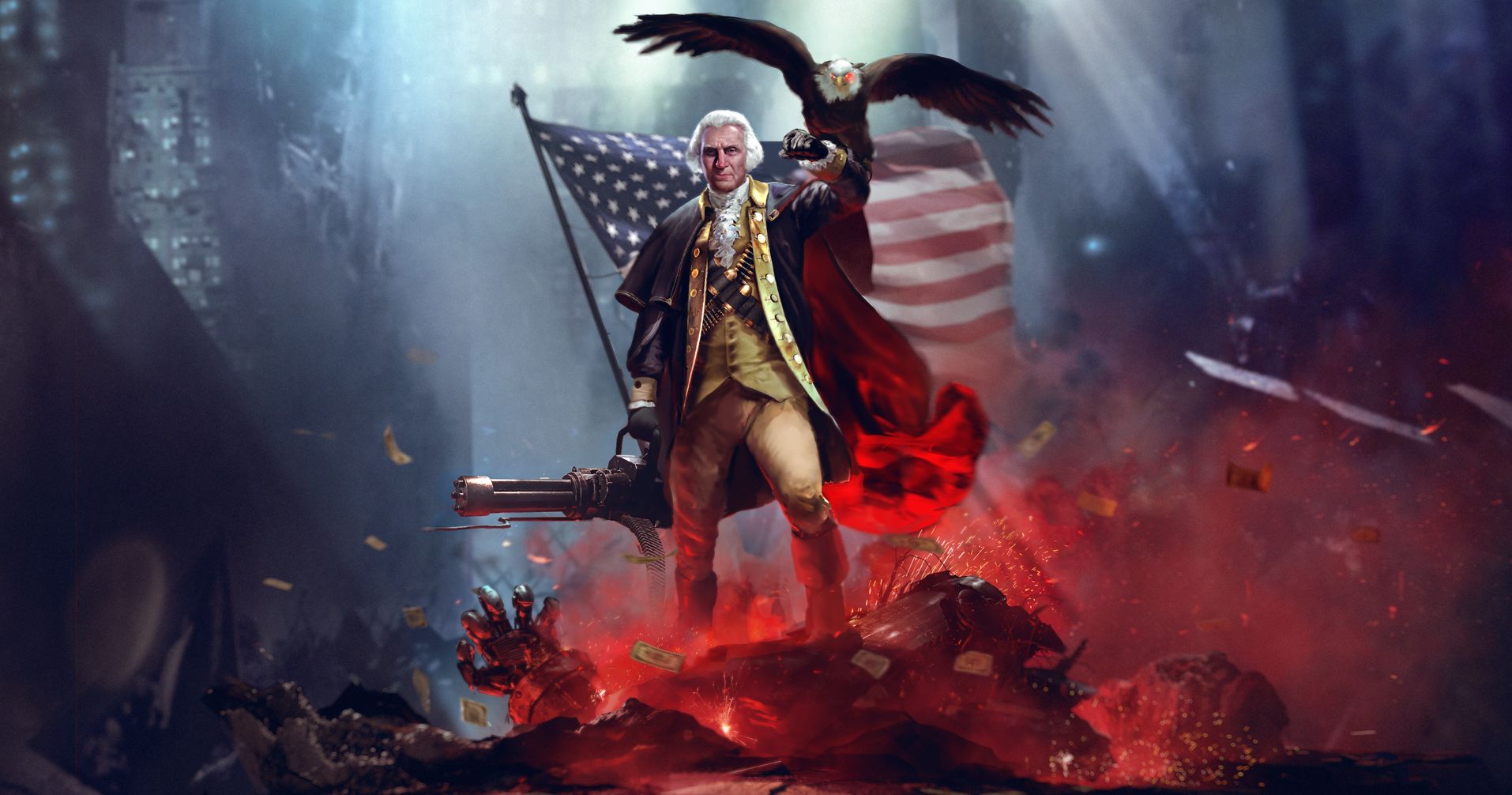Who Makes History?

Picture George Washington at the Battle of Yorktown, alone. No troops to command. No institutional backing. Just him, his horse, and thousands of British troops closing in on him by the second. How would he fare?
We're often taught that making history is the exclusive domain of the great few. That the making of history only involves the likes of the Kennedys and the Conquerors, so to speak — and that worries us. For what effect does this manner of history have on us, its students? Does it inspire us to make change, or render us passive and hesitant? If what we’re after is an education that empowers students to become agents of change in the world, we should critically examine our approach to teaching history and its effect on us as students. Here, we’ll be analyzing what we call the “Great Figures” approach to history, on the one hand, and the “Power to the People” approach, on the other.
The Great Figures Approach
The Great Figures Approach to the discipline holds that history’s creation is the work of a few “great” individuals. It teaches that history itself is the product of the Washingtons, Napoleons, and Caesars of the world.
History, when taught in this manner, is often highly dramatized and character-centric. A professor, for example, may go about teaching the Civil Rights Movement not as a protracted struggle between the masses and the man, so to speak, but as a heroic political drama about the struggles of Dr. King and Malcolm X. The end goal here would be to inspire students to lead by giving them a front-row seat to the greatest examples of what humanity can do.
The downside, however, is that the Great Figures Approach may render us passive and insecure. When we’re taught history as the story of the lives of these great, heroic people, a single, burning question comes to mind: how could we possibly measure up? The Great Figures approach to history, then, may inadvertently lead students to imbibe the idea that most people — perhaps including themselves — have no effect on what happens in the world.
In the face of such a terrifying concept, many students would begin to think of themselves not as potential agents of change, but as being fundamentally powerless — as silent extras in the unfolding of the human drama. If what we’re after is an education that provides civic empowerment, then the Great Figures approach proves to be problematic, as it may send them a message that progress has no place for them. Furthermore, it presents a picture of history that simply isn’t true — and, in doing so, denies us important lessons we would’ve learned otherwise.

The Power of the People
The Power of the People approach focuses on the contributions of ordinary people to extraordinary moments. History, then, would not be thought of as the domain of the great few, but as a communal effort. The Power of the People approach, in short, holds that the story of human progress is the story, mainly, of the quotidian, yet extraordinary, struggles of ordinary people.
When taught this way, rather than focusing on presenting history through the eyes of [insert historical figure], attention would shift to the ways in which ordinary people have enacted change in the world around them. While some may argue that history told in this form loses its capacity to inspire, we’d argue that it’s actually the contrary. A people-focused history does the job of inspiring students far better than one focused on great individuals, as it opens their eyes to greatness without saddling them with insecurity. Put plainly, it shows people the beauty in the ordinary.
Thinking about the subject in this light prompts the ordinary individual to consider their responsibility to history. Consider a sociological perspective on the “Power of the People” approach. C. Wright Mills takes a strong stance on an “ordinary” individual’s innate capabilities to change history as he defines the principles of society. He argues in “The Sociological Imagination” that simply “by the fact of his living [the ordinary person] contributes, however minutely, to the shaping of this society and to the course of its history, even as he is made by society and by its historical push and shove.” Mills highlights the great power vested in the individual as a vehicle for change within society. In addition, he demonstrates the power of ordinary, unintentional actions to contribute to historical processes — and asks us to become more aware of the weight of our choices as a result.
The truth is that history is made by whoever considers themselves worthy enough to make it. We should, then, educate our students at all levels to recognize the power vested in themselves merely by virtue of being human. In short, we should educate our students to feel worthy. Now, more than ever, a great deal hangs in the balance.
If you have thoughts on this or any of our articles, comment below or send us a letter by using this form or emailing astudent@amherst.edu.